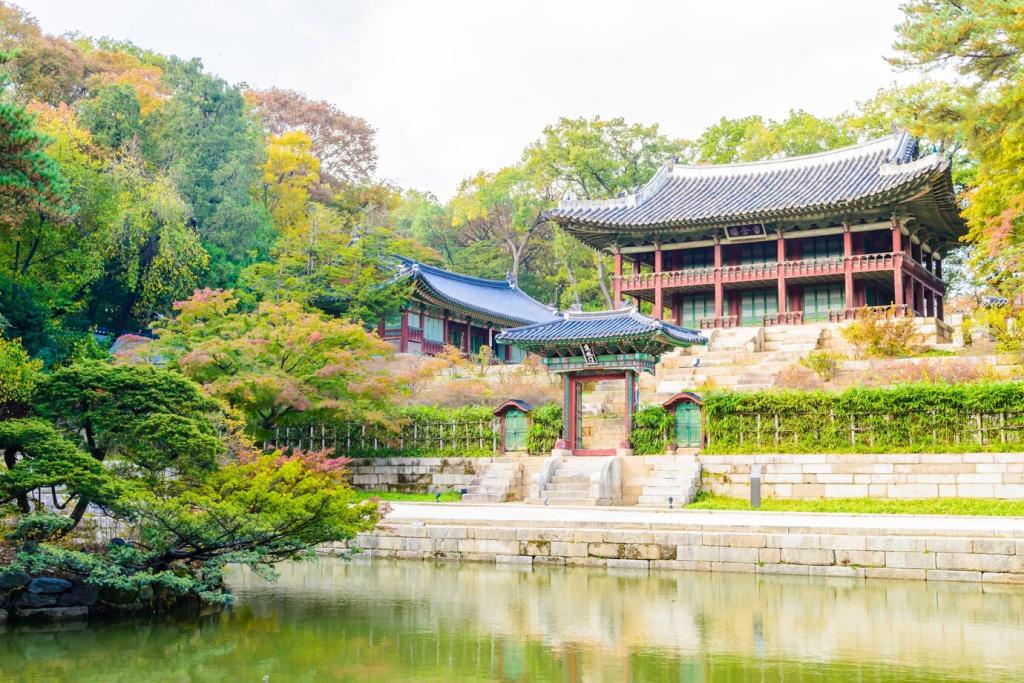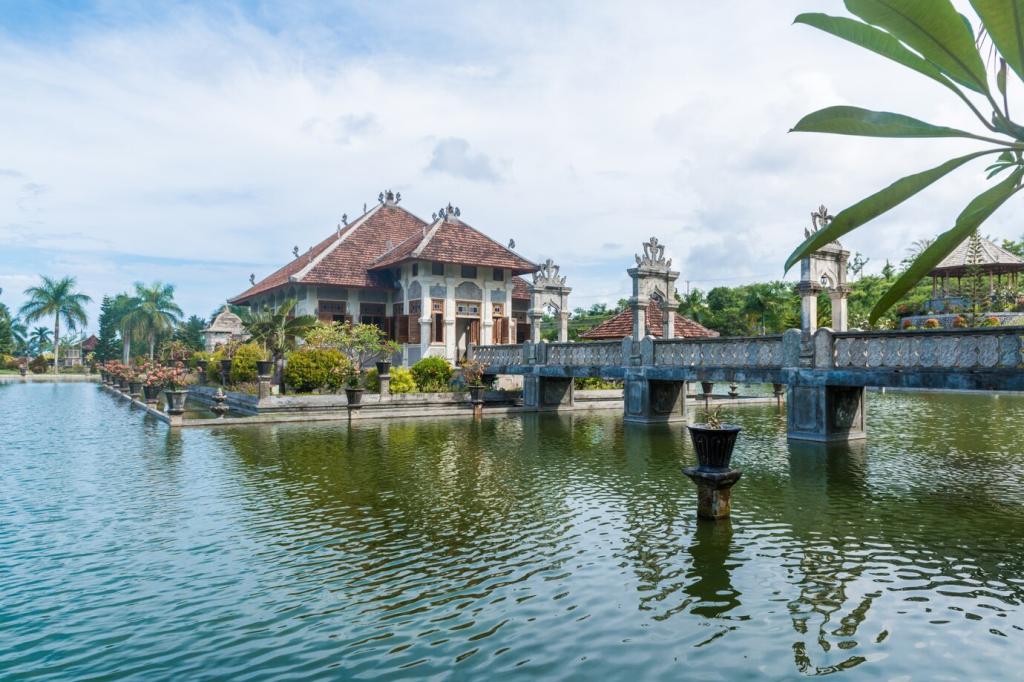Urban Inspirations and Global Case Studies
Two residential towers host hundreds of trees and thousands of shrubs, tempering heat, filtering air, and creating habitats for birds and pollinators. Beyond metrics, residents describe the joy of seasonal change right outside their balconies.
Urban Inspirations and Global Case Studies
A dramatic indoor forest and waterfall demonstrate how climate control, planting, and water can transform wayfinding into wonder. Visitors linger, breathing slower, proving delight can be functional infrastructure when carefully engineered.






